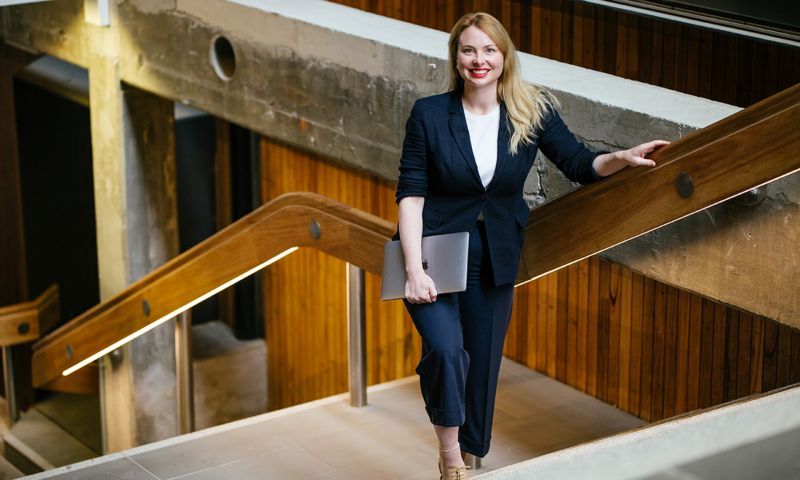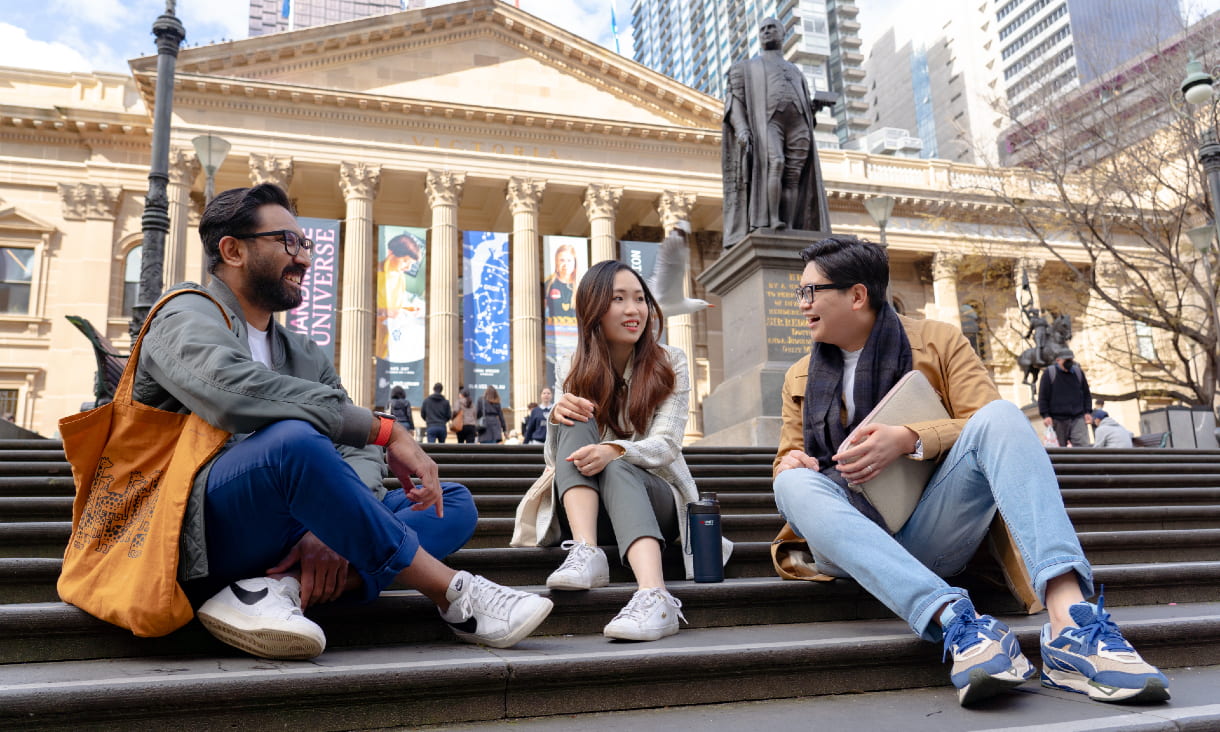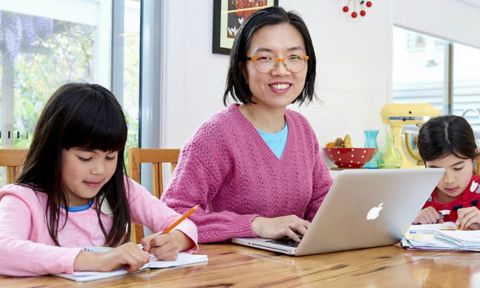Georgina Lewis had no plans to return to uni. But then she was given some wise advice that changed all that.

“I’d researched every course and I thought I was going to just do a short course,” she explained. “But I had a client who I was designing a bathroom for and she said something to me that kind of stuck. She said, ‘No-one's going to invest in you if you don't invest in yourself’.
“So I thought it might be a good idea to give myself the time and space to deeply interrogate the idea, to give myself time to work on myself."
With a degree in product design, Georgina had already been practicing in the design industry as a furniture designer for eight years before enrolling in RMIT’s Master of Design Futures in 2016.
A recent job at a pop-up shop for an online retailer in London had steered Georgina’s design interests in the direction of customer experience.
“I followed my partner to England where he was doing a masters and I basically got any job I could so I found one with an online retailer and I had my first taste of user experience,” she said.
“I thought it was fascinating that they had set up this popup shop just to meet their customers, get feedback from their customers, test new ideas, and they put me in charge of that.
“It's so clever to ask people what they need and adjust your product accordingly.”
Georgina’s studies turned towards human centred design, a creative approach that puts a human perspective at the centre of the problem-solving process. Some of the most innovative companies swear by this approach and it is increasingly being applied to complex global challenges.
This year the Bill & Melinda Gates Foundation launched a set of resources called Design For Health to encourage more health practitioners to structure their programs around the wants and needs of the people they aim to help.
“Human centred design is really just common sense,” explains Georgina.
“Design in a business setting is about doing things better, with a strong focus on people. How do employees and customers feel while they're delivering or experiencing a product or service? Considering and changing these things improves productivity.
“Sometimes it's about uncovering the simplest way to create more sustainable, profitable and people friendly solutions. We are rarely re-inventing the wheel, but routinely working against organisational bureaucracy.”
Georgina worked full time while completing her masters, which she says was achievable though a little stressful at times.
“The time that I would usually use to maybe watch some reality TV, or cook or go to the gym, I always sort of felt like there's something more productive I could be doing, because I had reading to do or I had things to do,” she explains.
“So I started to manage my time so that I'd give myself Sundays off and that was a lot better. “All of the lectures were online between six and nine pm and I actually really enjoyed speaking with my colleagues.
“When we had an online lecture, you could talk to everyone else who's also working full time, and also grappling with the same concepts that you're trying to learn about.”
Georgina graduated in December 2017 and is now a senior service designer at Medibank. Her role involves translating qualitative research into new ideas that improve the customer journey.
“We take all the data that the organisation collects and then work out how that affects customer groups to figure out which customers to speak with,” she says.
“We then speak with end users of the service, or customers, and speak with employees, so we start to get a picture of what's working well, and what's not working well. Then we map out a customer journey.”
Design thinking is changing the way people work and for Georgina, it’s given her the skills to handle the complexity of modern technology.
“Design as it's understood in the traditional sense is just a label, you're not creating new things - it's more about translating ideas and also seeing things that other people don't see,” she says. “ “It's not always about producing something, it's more about interrogating what's there to see what could be done better.”
You may also be interested in:
Find the right course for you
With over 350 qualifications to choose from, it's never been easier to find the right fit.


